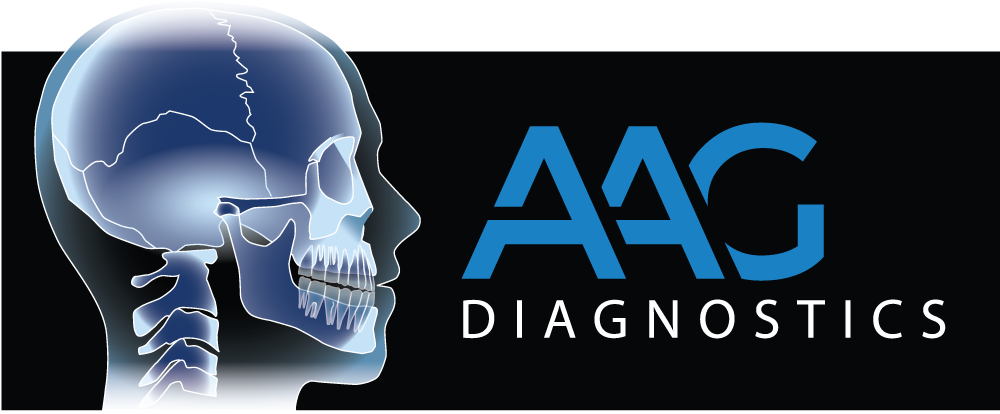Dental X-rays are a vital tool in diagnosing oral health issues that may not be visible to the naked eye. From detecting cavities to identifying impacted teeth or infections, dental X-rays play an essential role in maintaining good oral health. However, as with all medical procedures involving radiation, many patients wonder: How safe are dental X-rays?
What Are Dental X-Rays?
Dental X-rays are specialized imaging techniques that allow dentists to view the structures of your teeth, gums, and jawbone. By using a small amount of radiation, these images help detect issues such as cavities, bone loss, infections, and other dental conditions that may not be visible during a routine examination. There are several types of dental X-rays, including bitewing, periapical, and panoramic X-rays, each used for different diagnostic purposes.
Radiation Exposure and Safety
Dental X-rays do involve a small amount of radiation, but the dose is very low compared to other types of X-rays used in medicine. The amount of radiation a patient receives from a dental X-ray is so minimal that the risk of harm is considered negligible. For example, the radiation exposure from a dental X-ray is much lower than the amount of natural background radiation that we are exposed to every day from the environment.
Dental X-rays are typically safe for most people, but as with any medical procedure, precautions are taken to minimize exposure.
How Are Risks Minimized?
Dentists take several steps to ensure patient safety and reduce radiation exposure during dental X-rays:
- Lead Aprons and Thyroid Shields: Patients are often provided with a lead apron and thyroid collar to protect the body and neck from unnecessary radiation. These shields are highly effective in preventing radiation from reaching sensitive organs.
- Targeted Imaging: Dental X-rays focus on specific areas of the mouth, which means only a small part of the body is exposed to radiation. This targeted approach helps minimize the amount of radiation used.
- Low-Dose Technology: Modern dental X-ray machines are designed to deliver minimal radiation while still providing high-quality images. Digital X-rays, in particular, use much less radiation than traditional film-based X-rays.
- Frequency of X-Rays: Dentists only recommend dental X-rays when necessary, such as when there are signs of dental issues that cannot be detected through visual examination alone. For routine checkups, dental X-rays are typically taken once a year or every few years, depending on your oral health needs.
Are Dental X-Rays Safe for Children and Pregnant Women?
While dental X-rays are generally safe, special care is taken when imaging children or pregnant women.
- Children: Children are more sensitive to radiation than adults, so dental X-rays are only recommended for children when absolutely necessary. Dentists will carefully assess a child’s oral health needs before deciding to take X-rays, and protective measures such as lead aprons and thyroid collars are always used.
- Pregnancy: During pregnancy, dental X-rays are usually avoided unless they are urgently needed for medical reasons. If an X-ray is necessary, dental professionals take extra precautions to minimize exposure. In most cases, dental X-rays are postponed until after childbirth unless the patient’s health requires immediate attention.
The Benefits of Dental X-Rays
The primary benefit of dental X-rays is the ability to detect oral health issues before they become visible or cause pain. By identifying problems early, dental X-rays help prevent more serious issues down the line, such as:
- Cavities that are not visible during an exam
- Bone loss caused by gum disease
- Impacted teeth
- Abscesses or infections beneath the surface of the gums
- Tumors or cysts
Early detection through dental X-rays can save time, money, and prevent discomfort by addressing dental issues early.
Dental X-rays are a safe, effective, and essential tool for diagnosing and treating oral health problems. With the advancements in technology and the use of safety measures like lead aprons and low-dose radiation, dental X-rays are considered safe for most patients. While some precautions are needed for pregnant women and children, the benefits of early detection far outweigh the minimal risks involved.
If you have any concerns about dental X-rays, don’t hesitate to speak with your dentist. They can provide more information on the safety measures in place and help you feel comfortable with the procedure.

